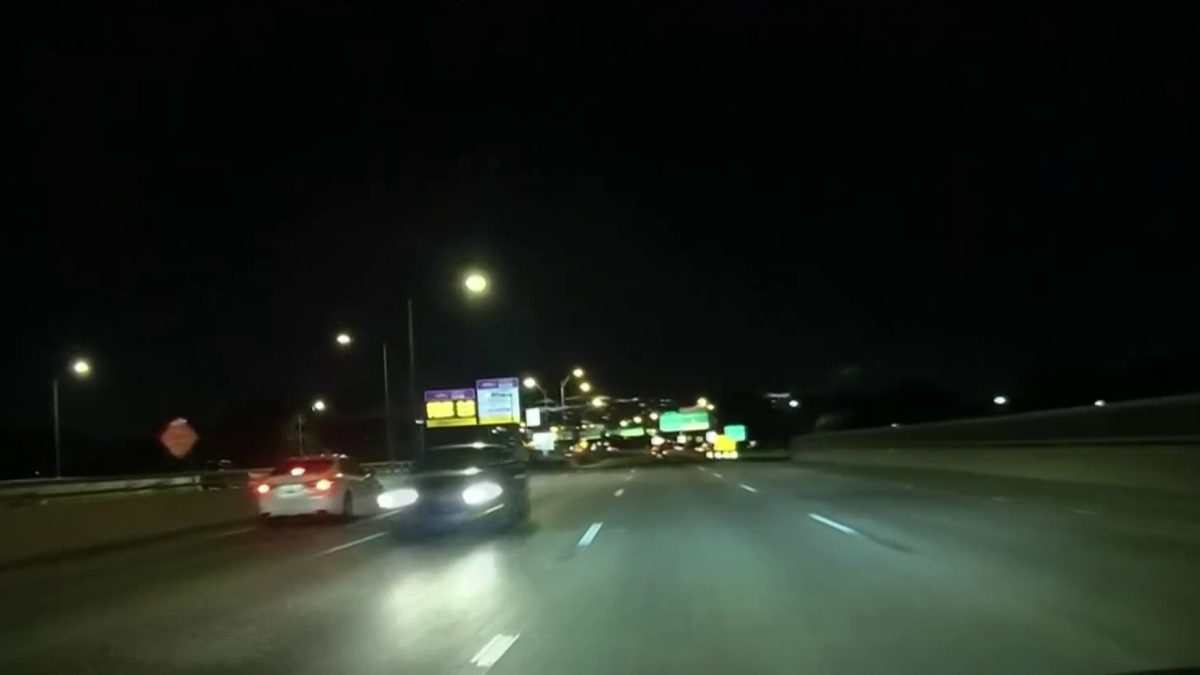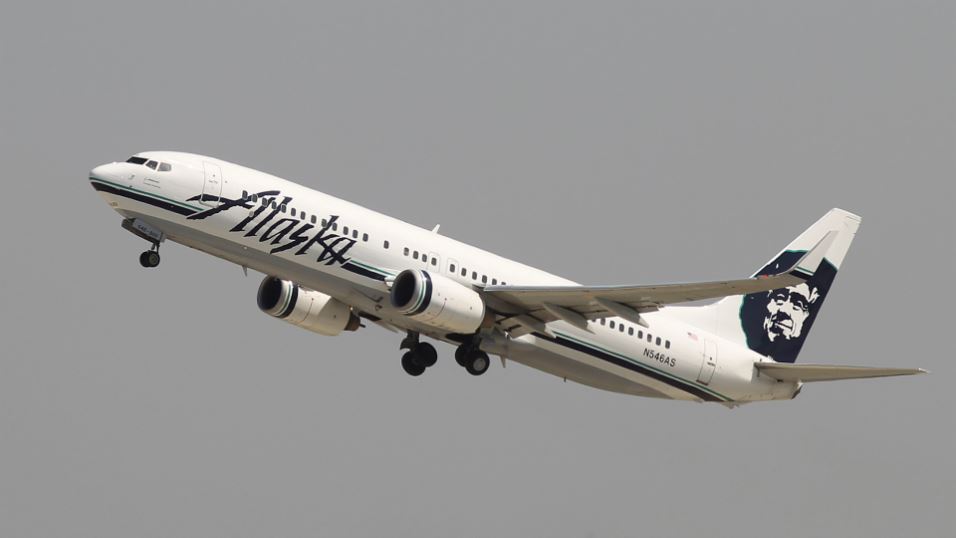If you've ever used the 14th Street Bridge to get from Arlington into D.C., you may well have driven on a span memorializing Arland D. Williams, Jr.
It's not the name most people give to the bridge. But if you zoom in on Google Maps, the official name is there, paying tribute to a man who sacrificed his life to save others during a shocking 1982 plane crash into a frozen Potomac River.

It's been 42 years since Air Florida Flight 90 struggled to take off from Washington National Airport, struck the 14th Street Bridge and then plunged into icy water. But the daring rescue performed by National Park Service employees, aided by Williams, plus a few people who rushed over to help, is still impressive decades later. And in the case of Williams — a passenger aboard the flight who initially survived the crash — it was the ultimate sacrifice.
We're making it easier for you to find stories that matter with our new newsletter — The 4Front. Sign up here and get news that is important for you to your inbox.
Here's a look back at the crash, and the rescue.
What went wrong?
The few survivors on Air Florida Flight 90 were brought to the terrifying scene in the Potomac by a series of tragic errors.
On Jan. 13, 1982, it had been snowing all day as Flight 90 was set to take off from National Airport en route to Tampa. The airport itself had to be closed for more than an hour to clear the runway of the accumulating snow. The Boeing 737 had been de-iced but then sat on the runway for almost an hour -- with snow and ice rebuilding on the wings all the while.
The pilot, Larry Wheaton, had never flown in snow before, and took off without inspecting his plane first.
According to the Federal Aviation Administration (FAA) report, the plane "experienced difficulty in climbing immediately following rotation and subsequently stalled."
The pilots, rolling the plane down the runway, looked at the gauges and saw that something was terribly wrong.
Wheaton's co-pilot, Roger Pettit, wanted to abort the flight.
"God, look at that thing! That don't seem right, does it?" Pettit said, according to tape from the cockpit voice recorder that the FAA reviewed after the crash. Pettit repeated himself — but the flight continued anyway, Wheaton seemingly unbothered by the unusual readings.
Survivors plunge into Potomac amid chunks of ice, airplane debris
At liftoff, the plane began to shake violently.
Air Florida Flight 90 was briefly airborne before it struck the 14th Street Bridge on its way down, smashing cars and killing four people on the bridge before plunging headfirst into the freezing water of the Potomac.
"People were screaming, and then it got very quiet," Nikki Felch, one of the survivors of the crash, told News4 in the aftermath.
The tail section of the plane broke off in the water, giving five people onboard a chance to escape.
But while the crash didn't kill them, the icy January water could.
"Cold is cold, and you start freezing up pretty quick," said Roger Olian, a bystander to the crash. Olian was a sheet metalworker at the nearby St. Elizabeth's Hospital at the time of the crash, and he raced to the shore when he saw the victims in the river.
He tied a rope around his waist and jumped into the Potomac, trying to swim to the people in the water.
"I thought, well, if they can see somebody coming out, maybe they can hold on a little longer," Olian said.
Despite his best efforts, the temperature of the water defeated him. But just in time, a National Park Service helicopter, Eagle 1, arrived.
Daring rescues in desperate conditions
Eagle 1 was piloted by Don Usher and Gene Windsor, who performed an unbelievable rescue — made more impressive by the fact that in the 1980s, all they had to work with was a rope.
"We were in the stone age of rescue equipment, yes," Usher told News4 decades after the crash.
But Usher was a chopper pilot during the Vietnam War, and knew how to maneuver. Windsor stood on the skids of the helicopter as it hovered over the Potomac — at one point simply grabbing Felch out of the water.
"He physically reached down, picked her up, pulled her up onto his boot — and he was not strapped in," said Usher.
It took such extreme measures to save the few survivors. Cameras captured heart-wrenching footage of Priscilla Tirado, a passenger on the flight whose husband and 2-month-old baby died in the crash. She was cold, weak, and blinded by jet fuel, barely hanging onto a dangling life preserver before her grip gave out.
She was moments from drowning.
Then, Lenny Skutnik, a bystander who worked for the government, dove into the water, grabbed Tirado and dragged her to shore.
Arland D. Williams Jr.: 'Mystery hero' honored
Also an integral part of the rescue efforts in 1982 was Arland D. Williams Jr., a passenger who repeatedly helped rescue other passengers in the water rather than getting out himself.
Williams died that day, disappearing into the frigid waters before he himself could be rescued.
The Washington Post documented the day that Williams was identified as the "mystery hero" of the crash, and honored by then-President Ronald Reagan:
"You can live with tremendous pride..." Reagan told Williams' parents and his two children as the president awarded Williams a posthumous Coast Guard's Gold Lifesaving Medal during a ceremony in the Oval Office. Reagan quoted from a Time magazine article published after the crash, saying: "'If the man in the water gave a lifeline to the people gasping for survival, he was likewise giving a lifeline to those who observed him.'"
Williams was an employee of the Federal Reserve. He was 46 when he died.
After the 14th Street Bridge was repaired, it was renamed to honor him.
News4's Wendy Rieger reported on this story in 2012, contributing to this report.




